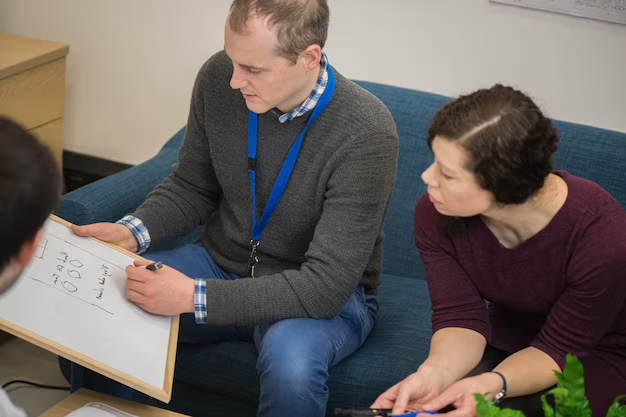How to Become a Licensed Marriage and Family Therapist
Becoming a Licensed Marriage and Family Therapist (LMFT) involves a critical blend of educational pathways, skillful training, and state-mandated certifications. To kick off this rewarding career, aspiring therapists need to obtain a bachelor's degree in psychology, counseling, or a related field. However, the cornerstone of this career is a master's degree specifically in Marriage and Family Therapy (MFT) or a closely related discipline. This graduate-level education typically encompasses coursework in family dynamics, psychotherapy, ethics, and clinical practice, which is essential for understanding the intricacies of familial relationships.
Completion of a master's degree is only the beginning, as candidates must participate in a comprehensive supervised clinical experience, which encompasses around 2,000-3,000 hours of direct client work. This is a pivotal phase where theoretical knowledge is transformed into practical expertise under the mentorship of seasoned professionals. Finally, to seal one’s qualifications, passing the licensing exam—administered by the Association of Marital and Family Therapy Regulatory Boards (AMFTRB)—is crucial. The path, though demanding, provides lifesaving support to individuals and families, making every step invaluable.
Key Educational Pathways and Credentials:
- 🎓 Bachelor’s Degree: Psychology, Counseling, or Related Field
- 🎓 Master’s Degree: Specialized in Marriage and Family Therapy (MFT)
- 📜 Licensure Exam: Pass the AMFTRB-administered test
- 🕒 Supervised Clinical Experience: 2,000-3,000 hours
- 📑 State Licensure: Specific requirements vary by state
Embarking on this educational journey not only equips individuals with essential skills but also primes them to make a profound impact in the field of mental health.
